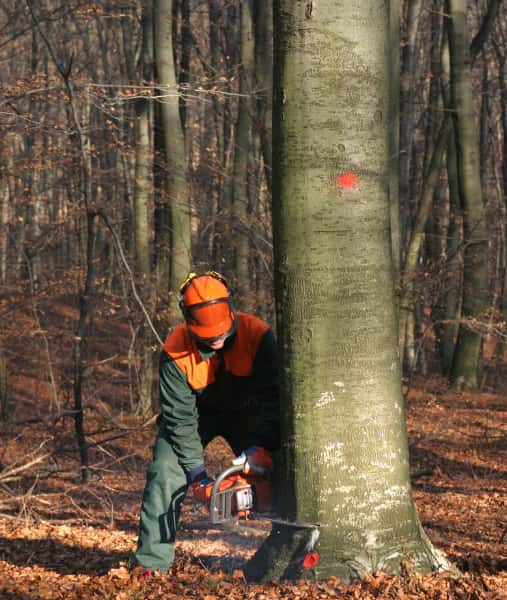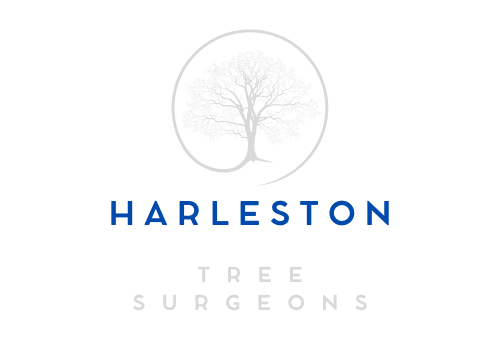Tree Cutting 101: Understanding the Basics of Safe and Efficient Tree Removal
Introduction: Trees are vital components of our natural environment, providing numerous benefits such as shade, clean air, and aesthetic beauty. However, there are instances when tree removal becomes necessary for safety, structural stability, or land development purposes. Regarding tree cutting, safety and efficiency are paramount to protecting property and individuals while minimising environmental impact. This blog post will delve into the basics of safe and efficient tree removal, shedding light on the process and considerations involved.
- Assessing the Need for Tree Removal
Before proceeding with tree cutting, a thorough assessment of the tree’s condition and surrounding environment is crucial. Certified arborists from Harleston Tree Surgeons will evaluate the tree’s health, structural integrity, potential hazards, and the overall landscape. This step ensures that tree removal is the best course of action and helps identify the most appropriate cutting techniques.
- Safety Precautions and Professional Equipment
Tree cutting is a hazardous undertaking, especially for untrained individuals. Professional tree surgeons from Harleston are equipped with the necessary safety gear and use specialised tools like chainsaws, ropes, and rigging to ensure precise and controlled removal. By employing proper equipment and adhering to safety protocols, tree surgeons ensure the protection of property and people in the vicinity.
- Strategic Tree Cutting Techniques
Depending on the tree’s size, location, and condition, tree surgeons employ various cutting techniques to bring the tree down safely. These techniques include:
a. Sectional Tree Cutting: Large trees in confined spaces may require sectional cutting, where the tree is dismantled piece by piece to avoid damage to nearby structures.
b. Straight Felling: Trees in open areas with ample space can be felled straight down, ensuring a controlled fall.
c. Directional Cutting: When a tree has a lean or potential obstacles around it, directional cutting allows for precise control over the tree’s fall.
- Managing Tree Debris and Stumps
After tree cutting, the removal of tree debris and stumps is essential to prevent potential hazards and promote a clean and organised landscape. Harleston Tree Surgeons employ eco-friendly methods to dispose of tree debris, and stump removal services are available to eliminate trip hazards and allow for future land use.
- Environmental Considerations
At Harleston Tree Surgeons, we prioritise environmental preservation. While tree removal is necessary in some cases, our certified arborists also encourage tree planting and sustainable practices to maintain ecological balance and foster healthy green spaces.
Conclusion: Tree cutting is a specialised task that requires expertise, precision, and a commitment to safety. Harleston Tree Surgeons exemplifies these qualities in their approach to tree removal, ensuring efficient and safe procedures. By relying on professional services, property owners can have peace of mind knowing that tree cutting will be conducted with utmost care for the environment and the surrounding community.
Contact Harleston Tree Surgeons for a comprehensive assessment and expert guidance if you are considering tree removal. Our experienced team is dedicated to upholding the highest tree-cutting standards while preserving our landscapes’ natural beauty.
Call us on 01379 773 584 or click here to complete our contact form and see how we can help with your tree’s needs.

